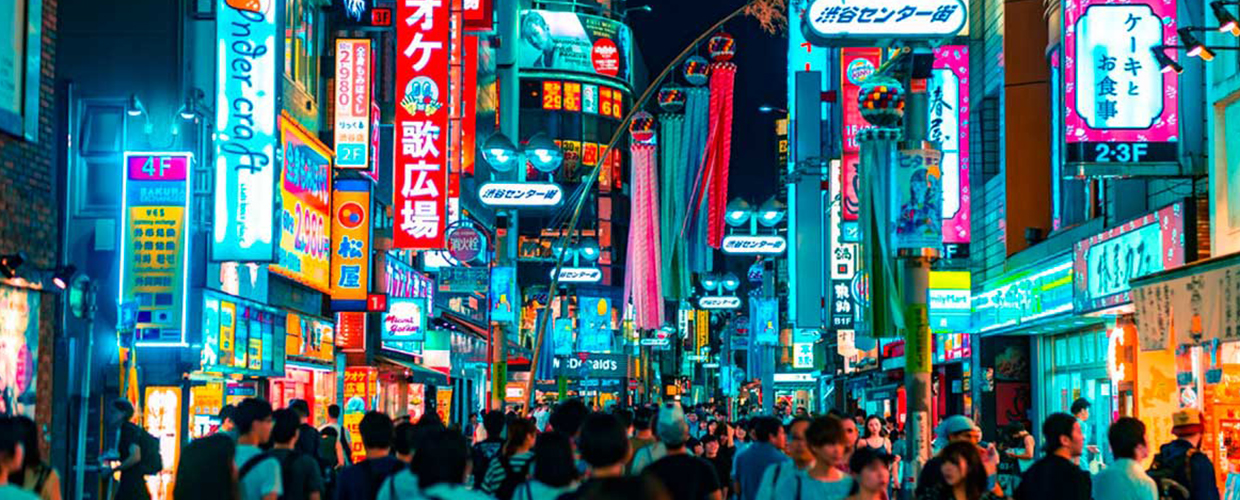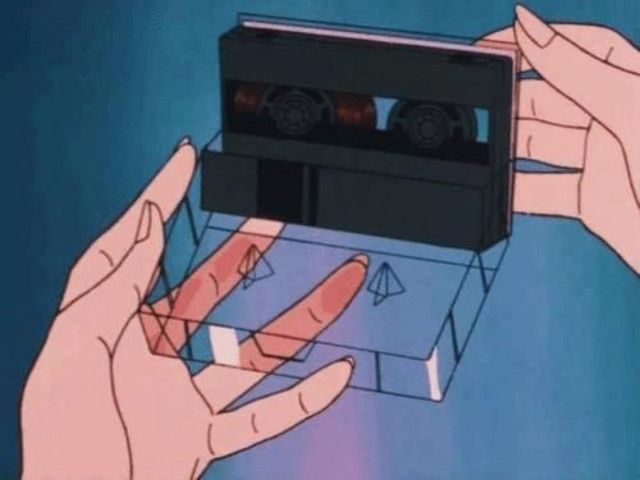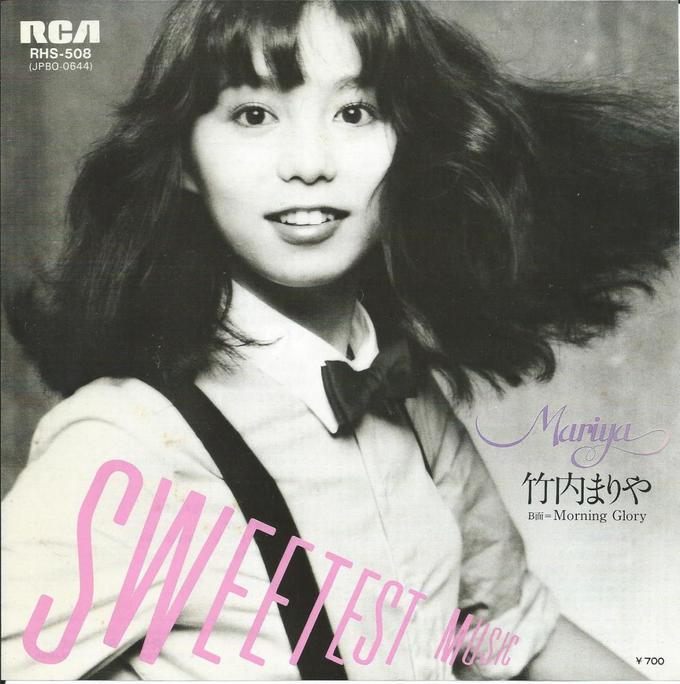
City Pop
As musicians we are always amazed by the possibilities of merging different influences and finding new inspirations to develop different and fresh sounds. A good example of this result of making something new by mixing different genres is city pop.
City pop is a genre of music that originated in Japan around the 70s and became wildly popular around the 80s
Late 70s Japan
In order to understand the audience and the general feel of city pop we have to understand the context in which it was born. Maybe, some genres don’t necessarily need this sort of explanation but city pop does.
As its name implies, this type of music wanted to make the listener feel the city life in the best way possible, and it was the perfect time for that. Japan was reaching an economic peak , and technological advancement didn’t stop surprising people with arcades and the sony walkman.
At the same time, sounds from the west were “invading” Japan with new wave, jazz fusion, blues, and rockabilly.
According to Yosuke Kitazawa, trhere was a thirst for celebration and a very active nightlife, he says:
The public spent lavishly on imported wine and liquor, luxury clothing, art, and international travel. Japanese nightlife, from flashy restaurants and hostess bars to glitzy bars and discotheques, was second to none. Japan needed a soundtrack for this new lifestyle, and city pop was born.
It also inspired many visual artists such as Hiroshi Nagai, who found a way to mix pop art with American ads and surrealism. These sort of art eventually also inspired the graphic design for Sonic the Hedgehog’s Green Hill Zone.
80s Japan

The 80s was the golden age of city pop, which started with Yamashita Tatsurō’s single “Ride on Time”. From there on city pop got into the mainstream, as the sound of the city.
It became almost a cultural movement in Japan, and everyone was involved with city pop one way or another, and artists such as Yazawa Eikichi and Inoue Yōsui who were more along the lines of rock and folk, were also getting into the trend.
Women in City Pop
City pop had a big influence on women in Japan, not only from a musical perspective but as a way to express the fact that women also enjoy the same nightlife as men.
In a way this genre brought a new era when it comes to gender equality even though it came from a place of leisure.
To this days some of the biggest city pop hits are sang by women.
Singers like Hitohmi Tohyama and Junko Ohashi sang about the inner workings of their bedrooms as they addressed risque and sometimes taboo subjects like one-night stands and the pursuit of men. While most Japanese love songs hesitate to express emotions directly, this allusion to physical relationships encouraged women to take an active role in their own sexuality.
Plastic Love and City Pop Revival

The youtube algorithm sometimes takes us to very weird recommendations, videos that we don’t really know why they are for us, one of these videos was Mariya Takeuchi’s Plastic Love.
This started a new fascination for the genre in the 2010s which made it even more international.
This was also due to the vaporwave and future funk boom, which are heavily influenced by the sounds of the 80s. Artists going into these new genres went back to music that felt appropriate to have as an inspiration or sample. That’s how everyone just kept stumbling with city pop.
According to vice.com
Sample-heavy Internet genres like vaporwave and future funk soon rose to prominence, offering a hyper-commercialized take on 80s pop as fantastical and escapist as they were critical of the empty promises of capitalism. For these online communities, old city pop records would serve as a massive visual and sonic touchstone.
It’s still fresh, full of energy and contradictory as it feels both nostalgic and modern, but that is just what makes it so special.
